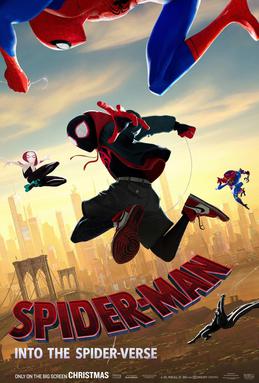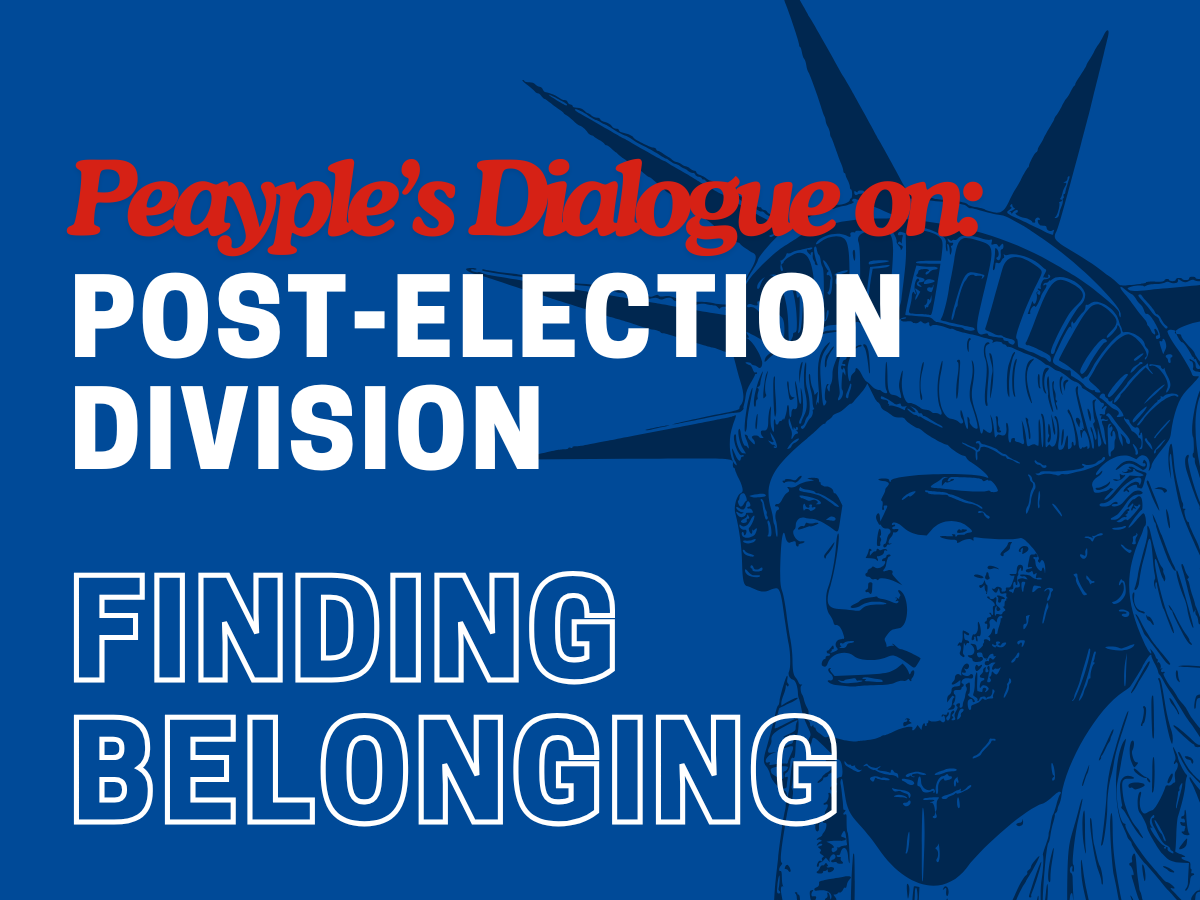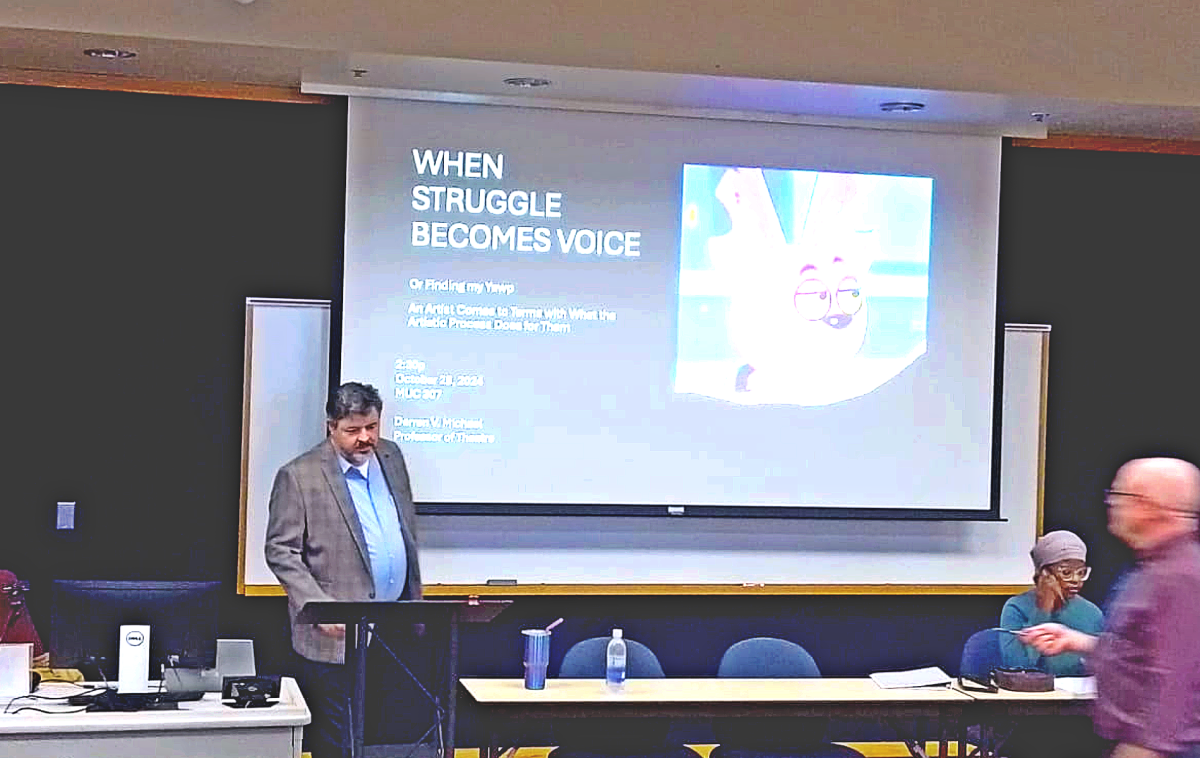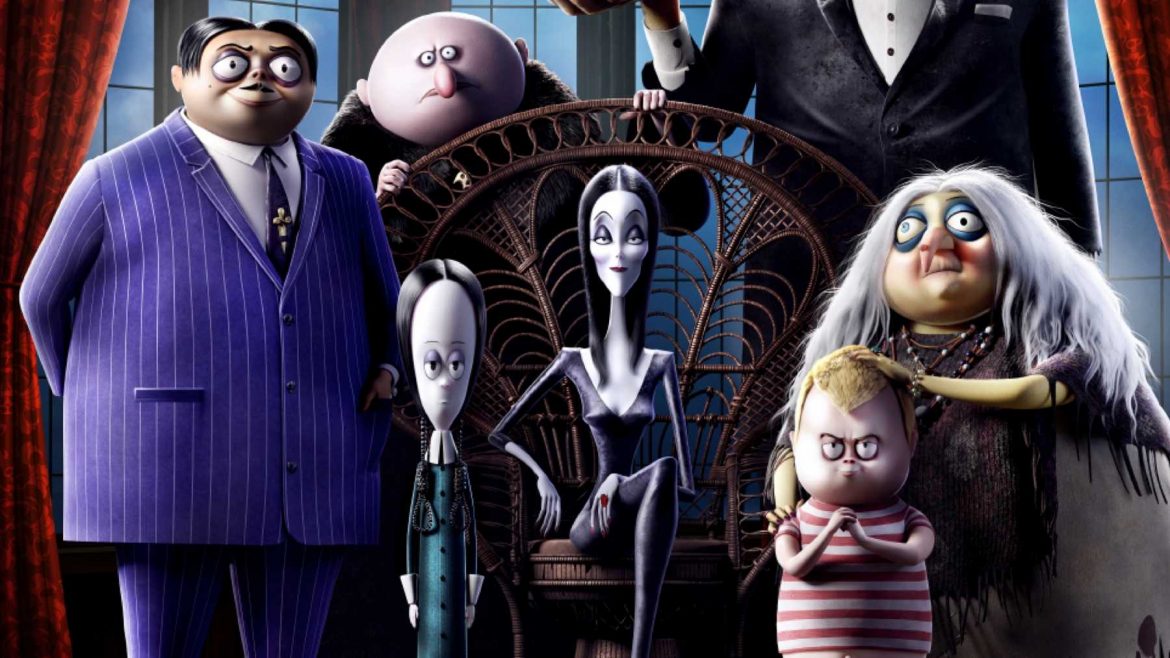
Based on the 2014 comic series, “Spider-Man: Into the Spider-Verse” explores the concept of alternate universes within the “Spider-Man” lore. Miles Morales, an Afro-Latino teenager from Brooklyn, is bitten by a radioactive spider and becomes his universe’s Spider-Man. His mentor is Peter B. Parker, an emotionally disheveled divorcee who needs to return to his dimension. With the help of other inter-dimensional Spider-Men, Morales works towards the leap of faith necessary to save the world from disintegration.
To say this movie raised the bar in animation’s potential as art is an understatement. Similar to Phil Lord and Christopher Miller’s work on “The LEGO Movie,” the animation is elaborate and kinetic without feeling needlessly decorated. The stylistic choices effectively accentuate the humor and action scenes. It keeps the story from feeling slow without overwhelming the audience, either.
Not only is the film hilarious, but it also carries immense emotional pith. While family and death are staples within the “Spider-Man” franchise, it is not hard to care for these characters’ plights. There is a “twist” villain halfway through the film, but it works in that the audience does not become attached to a facade the character presents. They are written realistically and thus make the impact of their fate all the more devastating.
Morales is one of the best-written characters in any animated film. He acts like a real teenager, but he does not feel like a generic “good kid” character. His struggle with identity, both as Spider-Man and a young man wanting his father’s approval, feels authentic without coming across as forced or manipulative.
The rest of the cast is equally likable. All of the alternate Spider-Men have fun personalities and share a unique camaraderie. The side trio involving Spider-Noir, Peni Parker and Spider-Ham was not as significant as the advertising implied. They mainly serve as both comedic and stylistic foils. However, if they were given more screen time, they would have taken away from Morales’ arc, so it was wise to keep them in the background.
The soundtrack, while great, felt out of place in a few scenes. Whenever Morales is affected by a personal tragedy, a song is awkwardly spliced into the scene. The exposition would have been more powerful had the characters’ actions spoke for themselves rather than have the singers explain it to us.
The film’s greatest success lies in its message. It is easy to say representation matters, but showing it is a difficult feat. Where “Spider-Man: Into the Spider-Verse” succeeds is in how it delivers the theme of wearing the mask. The film tackles the metaphor for laughs, but it does not take away from the poignancy of Morales’ storyline. When the movie ends, it feels as though the story could potentially encourage a new generation of Spider-Men in more ways than one.
With great animation, likable characters and an impactful story, “Spider-Man: Into the Spider-Verse” knows how to swing into action.












